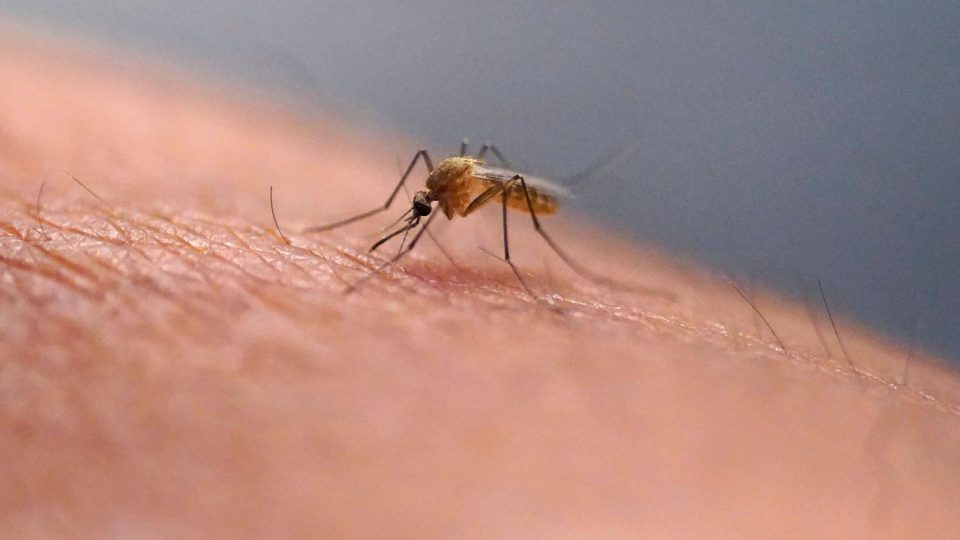As global temperatures rise due to climate change, invasive mosquitoes carrying diseases like dengue fever are spreading into European countries, posing a growing public health concern.
In 2023, the European Centre for Disease Prevention and Control (ECDC) reported 130 locally acquired cases of dengue in the EU, a significant increase from 71 cases in 2022 and a stark rise compared to the 73 cases reported between 2010 and 2021. This surge is attributed to climate change creating more favorable conditions for invasive mosquitoes to thrive in regions previously unaffected. ECDC Director Andrea Ammon emphasized that increased international travel from dengue-endemic areas also heightens the risk of imported cases and subsequent local outbreaks.
The tiger mosquito, known for transmitting dengue, chikungunya, and Zika viruses, was traditionally confined to tropical countries. However, it has now established populations in 13 European countries, including Austria, Bulgaria, France, Germany, Italy, and Spain, among others. While the UK has detected the tiger mosquito at ports, local populations have not yet been confirmed.
Dengue fever, also referred to as ‘break bone fever’ due to the severe joint pain it causes, manifests with symptoms such as severe headaches, pain behind the eyes, nausea, vomiting, swollen glands, high fever, and a rash. Most infected individuals, about 75%, exhibit no symptoms, but 1% to 5% may develop severe dengue, which can be life-threatening.
Symptoms typically appear between four to ten days after infection and can last from two to seven days. Given the rising number of cases and the spread of the tiger mosquito, effective surveillance and control measures are crucial to mitigate the impact of dengue fever outbreaks in Europe.





